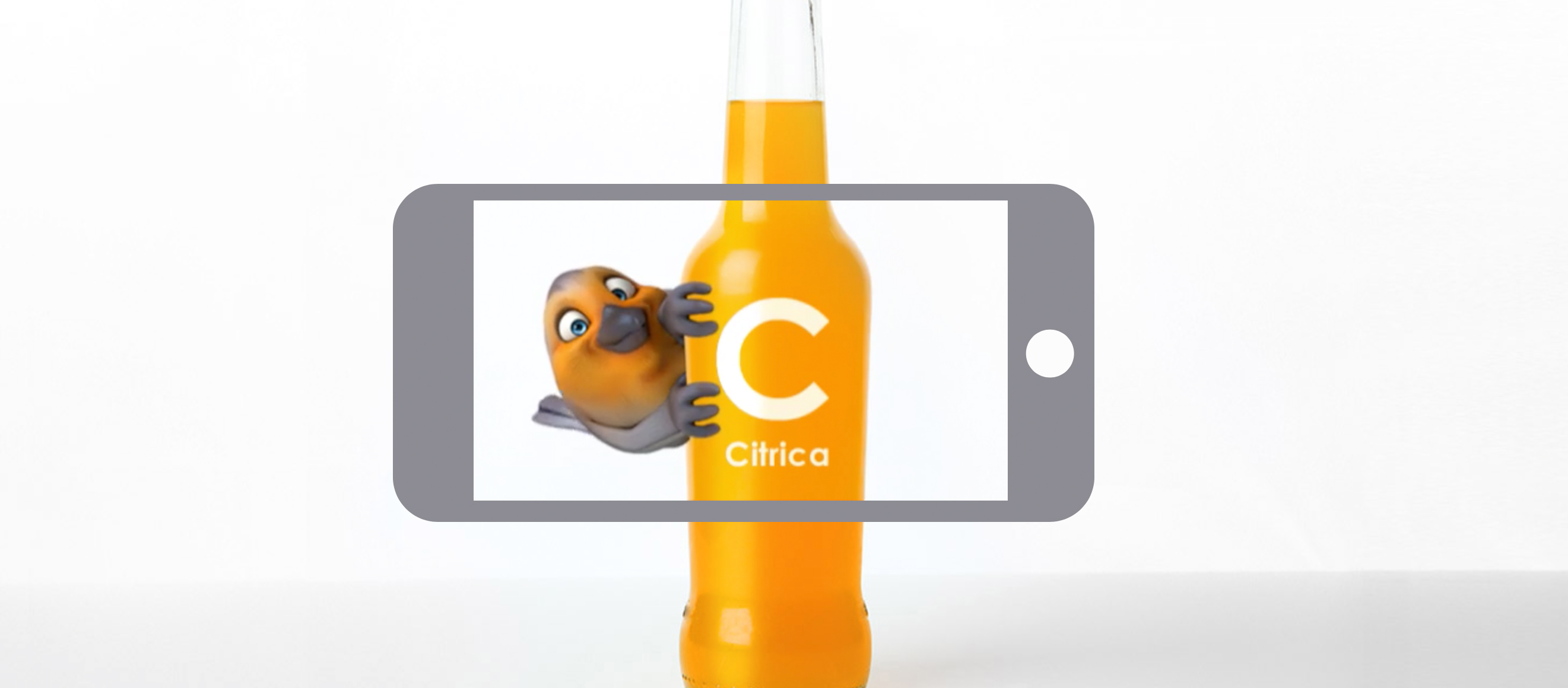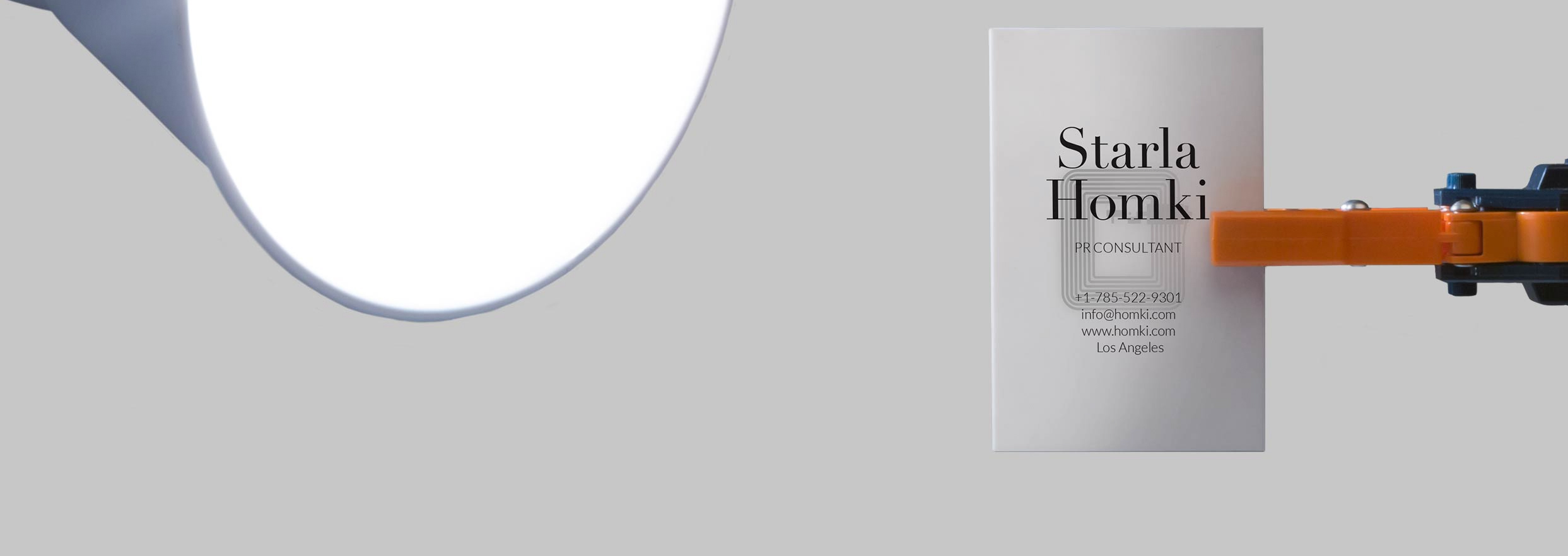From Points to Pixels—Marketing Digital Content in Print Media
We’re in a weird spot right now—digital content is an essential part of any marketing campaign, but we’re also still producing a lot of print materials. We can build beautiful, comprehensive campaigns, but the way these two types of media interact with each other is a little awkward.
I was recently working on some print collateral for a client, and came across a challenge for which I didn’t have a great solution. Without requiring a user to type in a URL, how do we drive recipients of a printed postcard to a corresponding landing page in a slick, mobile-friendly way?

This guy’s excited about QR codes.
QR Codes
“A QR code, obviously!” you say. The QR code was our best bet for a few years. The codes can be scanned to bring up a webpage from a printed piece. But, they’re ugly. And users have to have the appropriate scanning app. And they just never really caught on in a big way (thank goodness, says the designer).
Surely there’s an alternative by now?
I did some quick research, and the answer is yes! But each has its own twist.
Image Scanning
There are a number of image scanning options, but they all work a little differently, and each has its positives and negatives.
Google Goggles (different than Google Glass) allows a user to take a photo of a printed image or barcode, and then it performs an image-based search to pick the best match. Cool! But it’s only available on Android…not as cool.
From what I can tell, SnapTag takes a similar approach to the QR code, in that you scan a custom-built barcode image to pull up digital content. As their site says, “SnapTag mobile barcodes are like interactive buttons for the real world.” Perfect! Prettier code, simple interactivity. But they require a hefty monthly engagement to use their tool, so it’s not something I can quickly leverage for many clients.
Clickable Paper uses hotspots rather than barcodes or marks, so the user can scan over that spot in an image to pull up content. It looks cool, but it does require an app download, and I’m not clear on how to engage the service based on the information on their site.

Blippar offers robust “augmented reality campaigns.”
Augmented Reality
Blippar call itself a “visual discovery browser” that focuses on “augmented reality campaigns” on mobile. It’s a much more robust tool, with some really cool interactivity. In a quick test, I was able to assign links to an image, then use the Blippar app to immediately call up those links when pointing my phone at the image. However, it does require an app download, and the tutorial required for new users makes it a little tricky to implement on smaller print pieces, so it’s better for bigger outlets like magazines with lots of rich media offerings. Maybe it will catch on in a big way, making for less of a learning curve among users.

Moo.com offers NFC business cards with their ‘Business Cards+’ product.
NFC technology
I wrote a post awhile back about NFC enabled business cards. Printed pieces with an embedded NFC chip need only be tapped by an NFC compatible device to pull up a range of digital destinations (contact information, websites, social media profiles, etc.). Printing these pieces can be a little spendy compared to standard prints, and you’d have to hope that most users are carrying around a compatible device. But this is an interesting option for the right project.
No silver bullet
All that said, there doesn’t seem to be a very simple or widely adopted solution for basic print-to-digital actions at this point. But it seems like we are very, very close.
Did I miss any? Has your brand used any print-to-digital action technologies or apps? I’d love to hear about them.
